Hevitra ato Anatiny
Karavasy mavo liona (Pluteus leoninus)
- Diviziona: Basidiomycota (Basidiomycetes)
- Fizarana: Agaricomycotina (Agaricomycetes)
- Kilasy: Agaricomycetes (Agaricomycetes)
- Kilasy: Agaricomycetidae (Agaricomycetes)
- Karazana: Agaricales (Agarika na Lamellar)
- Fianakaviana: Pluteaceae (Pluteaceae)
- Karazana: Pluteus (Pluteus)
- Type: Pluteus leoninus (Lion-yellow Pluteus)
- Plutey golden yellow
- Pluteus sorority
- Agaricus leoninus
- Agaricus chrysolithus
- Agaricus sorority
- Pluteus luteomarginatus
- Pluteus fayodii
- Pluteus flavobrunneus
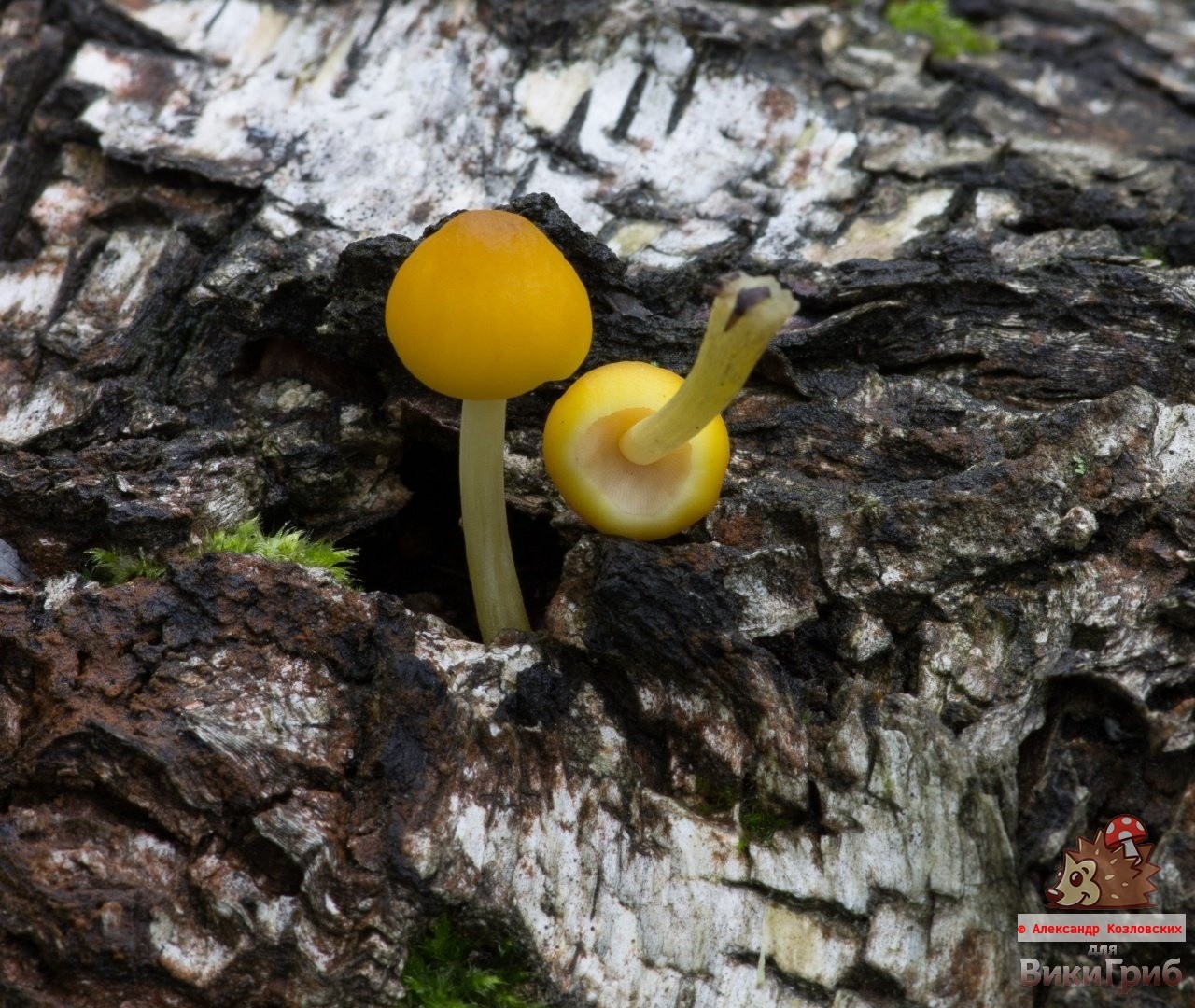
Toerana sy fotoana mitombo:
Plyutey lion-yellow grows in deciduous, mainly oak and beech forests; in mixed forests, where it prefers birch; and very rarely can be found in conifers. Saprophyte, grows on rotting stumps, bark, wood immersed in the soil, deadwood, rarely – on living trees. Fruits from mid-June to mid-September with massive growth in July. Solitarily or in small groups, quite rarely, annually.
Distributed in Europe, Asia, Western and Eastern Siberia, China, Primorsky Krai, Japan, North Africa and North America.
lohany: 3-5, up to 6 cm in diameter, first bell-shaped or broadly bell-shaped, then convex, plano-convex and procumbent, thin, smooth, dull-velvety, longitudinally striated. Yellowish-brownish, brownish or honey-yellow. In the center of the cap there may be a small tubercle with a velvety mesh pattern. The edge of the cap is ribbed and striped.
Firaketana: free, wide, frequent, whitish-yellowish, pink in old age.
leg: thin and high, 5-9 cm high and about 0,5 cm thick. Cylindrical, slightly widened downwards, even or curved, sometimes twisted, continuous, longitudinally striated, fibrous, sometimes with a small nodule base, yellowish, yellow-brownish or brownish, with a darker base.
pulp: white, dense, with a pleasant smell and taste or without a special smell and taste
vovoka spora: light pink
Poor quality edible mushroom, pre-boiling is necessary (10-15 minutes), after boiling it can be used for cooking first and second courses. Lion-yellow whip can also be consumed salty. Suitable for drying.
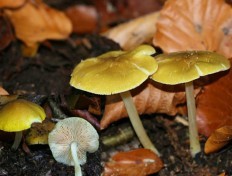
Karavasy miloko volamena (Pluteus chrysophaeus)
It differs in size – on average, a little smaller, but this is a very unreliable sign. Hat with brownish shades, especially in the center.
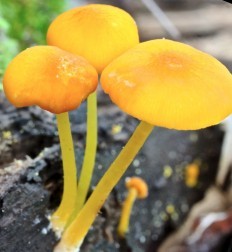
Karavasy mivolombolamena (Pluteus chrysophlebius)
This species is much smaller, the cap is not velvety and the pattern in the center of the cap is different.
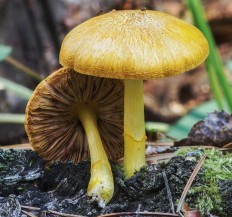
Fenzl's Pluteus (Pluteus fenzlii)
A very rare whip. His hat is bright, it is the most yellow of all the yellow whips. Easily distinguished by the presence of a ring or ring zone on the stem.
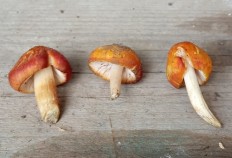
Karavasy voasary ketrona (Pluteus aurantiorugosus)
It’s also a very rare bug. It is distinguished by the presence of orange hues, especially in the center of the cap. There is a rudimentary ring on the stem.
An inexperienced mushroom picker may confuse a lion-yellow spit with some types of rows, such as a sulfur-yellow row (an inedible mushroom) or a decorated one, but a careful look at the plates will help to correctly identify the mushrooms.
P. sororiatus is considered a synonym, however, a number of authors recognize it as an independent species, noting significant differences both in morphological features and in ecology. Pluteus luteomarginatus in this case is considered a synonym for lumpy pluteus, and not lion-yellow.
S. P. Vasser gives a description for the lion-yellow slut (Pluteus sororiatus) that differs from the descriptions of the lion-yellow slut:
The total size of the fruit bodies is somewhat larger – the diameter of the cap is up to 11 cm, the stem is up to 10 cm long. The surface of the cap is sometimes gently wrinkled. Leg whitish-pink, pink at the base, fibrous, finely furrowed. The plates become yellowish-pink, yellowish-brown with a yellowish edge with age. The flesh is whitish, under the skin with a grayish-yellowish tint, sour taste. The hyphae of the cap skin are located perpendicular to its surface, they consist of cells 80-220×12-40 microns in size. Spores 7-8×4,5-6,5 microns, basidia 25-30×7-10 microns, cheilocystidia 35-110×8-25 microns, at a young age contain a yellowish pigment, then colorless, pleurocystidia 40-90×10-30 microns. It grows on the remains of wood in coniferous forests. (Wikipedia)









